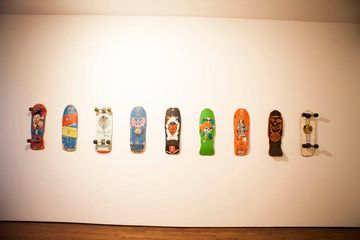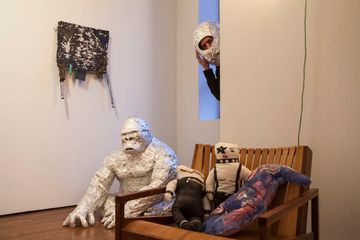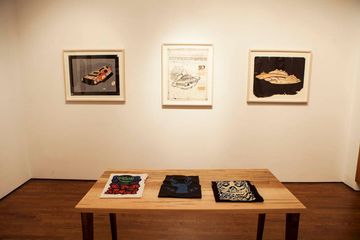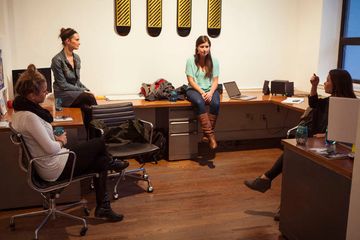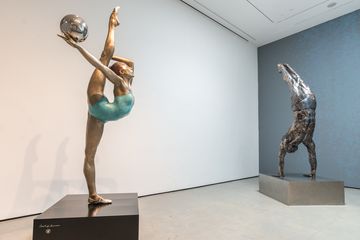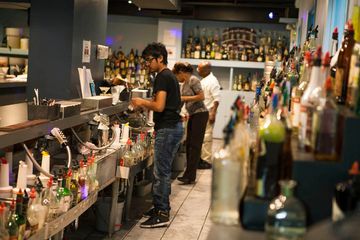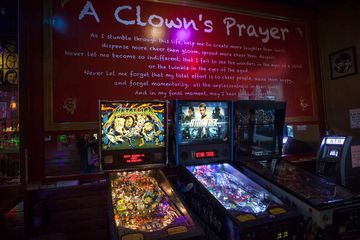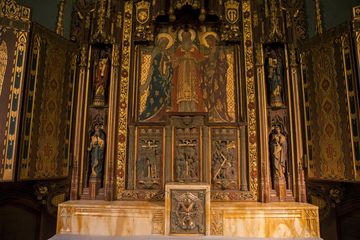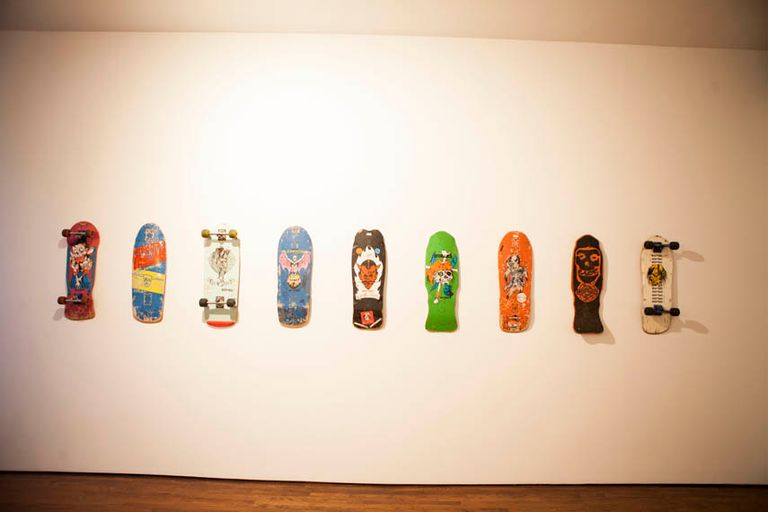
Once upon a time, not too long ago, Suzanne Kennedy and Megan Mallow were young stars of the start-up world. They helped to bring together budding new companies in a cooperative environment in order both to nurture these businesses through their early phases and to foster dialogue between them. The thought was that this approach would stimulate creativity and collaboration. A rising tide would thus lift all boats.
After a few years of lifting all these boats, though, Suzanne and Megan decided that they wanted to do something more creative, “closer to [their] hearts.” They quit, thinking about what to do next, and six weeks later had signed the lease for what is now RePopRoom (an amalgamation of Retail, Pop-up shops, and showrooms). It is easy to walk in and get the idea that this is simply a gallery, but chat with the owners and you learn that it is, instead, the co-working equivalent of a gallery. Instead of commissioning artists and siphoning payment from pieces sold, they rent wall space to creative companies and individuals hoping to showcase their carefully curated pieces. This process juxtaposes the art of different folks, which both brings out certain elements of works by placing them in unfamiliar contexts and produces a community for the artists involved. The ladies are thus hoping to create collaborative “next projects.”
The fingerprints of the start-up world are everywhere here - collaboration, openness to new ideas, fluency of design, emphasis on creativity. Megan explained that they are “trying to create a Google-like environment on a budget.” The less fixed model for meting out wall space means for a more accessible platform to help artists get their work in the spotlight. Besides the exhibitions, the RePopRoom hosts openings and meet-ups to further build community bonds. Megan told us that they are “kind of trying to disrupt that gallery scene.” The project is perhaps the rare win-win-win for everyone involved, from the artists to the customers to the Room itself.
